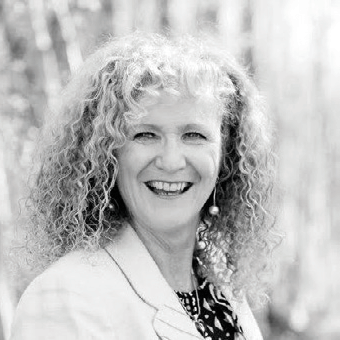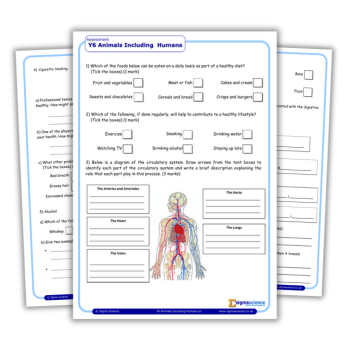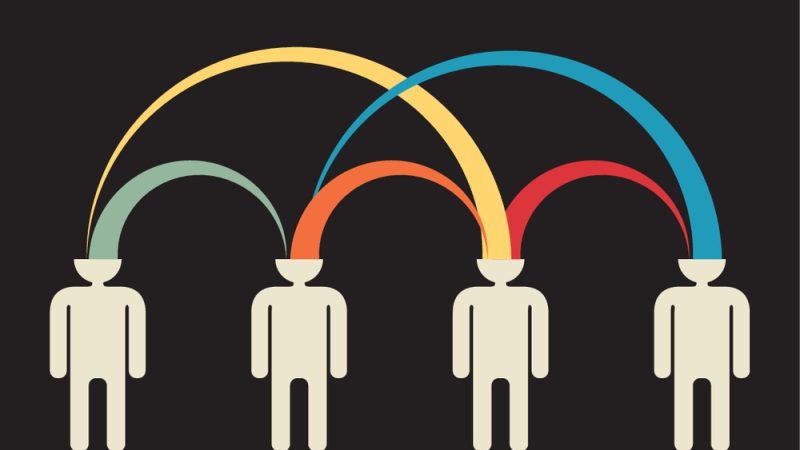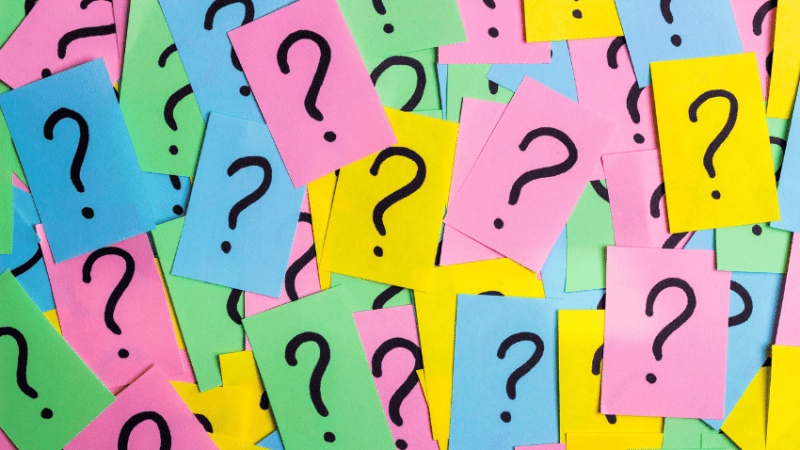Use constructive criticism in feedback and assessment to develop resilience in pupils

Help your students to make the most of mistakes, says Jackie Beere…

- by Jackie Beere

Jackie Beere says:
‘There is no such thing as failure – only feedback’ is an underlying principle of NLT that I have used as a mantra since first researching resilience 40 years ago.
It seems such a trite cliché, which many may cynically smirk at, but to find perspective everyone needs to be able to step back from their initial emotional response and reflect.
We need to work outside our comfort zones if we are going to progress our learning. That means struggling and making mistakes before we get it right.
But when given constructive criticism to help us put right mistakes, our natural inclination is to feel slightly deflated; a feeling that can demotivate, lower self-confidence and be seen as a threat.
The quicker we can reframe this, and mobilise our inner voice to try again and enjoy the challenge, the more resilient we become.
So why are we so predisposed to the fear of failing? Natural selection favours the paranoid.
Our ancestors who ran away from suspected (as well as real) threats were more likely to survive and procreate, so it isn’t surprising that our brains can be overprotective when faced with a learning challenge.
Even if it is only our ego that is threatened!
We all need to reframe critical feedback so that it pushes us to improve and not allow negative emotions to hijack any learning from mistakes.
Resilient learners have a default setting which doggedly sees failure as feedback and to try again or use a different strategy.
Trending
In this way, getting it wrong is a challenge to overcome, not a symptom of stupidity. Thinking on purpose to frame failure as feedback helps us all to thrive.
Seek out critical feedback, then just get on with learning from your mistakes. And if you don’t make any – you’re not trying hard enough!
4 ways to make it work for you
‘Best of the best’ curators Isabella Wallace and Leah Kirkman have some practical strategies to suggest
1. Celebrate errors Emphasise the value of learning from errors by celebrating a ‘mistake of the week’ or ‘greatest mistake’. Model this, in the first instance, by publicising one of your own mistakes and showing learners how this helped you to make subsequent leaps forward in your own understanding. Commend individual acts of risk taking and effort with a classroom display.
2. Encourage dialogue Establish a process by which learners can have a dialogue with you, so that if they have had a negative emotional reaction to feedback, or they have misunderstood it, you are aware of this. Learners could use sticky notes to respond directly to written feedback, asking for clarification, offering information/answers, or sharing anxieties – and subsequent exciting breakthroughs.
3. Set time frames As you are circulating during independent work, agree with the learners the aspirational times by which they will complete a stage of the task or exhibit a new skill and note these down. Revisit the learners at exactly the agreed times to reinforce the challenge and celebrate their breakthroughs that have resulted from responding to feedback in a positive way.
4. Share experience Share stories with your class of people who achieved their goals by responding positively to constructive criticism. These might be examples from your own life, or the lives of celebrities or sportspeople. Open up a discussion about the futility of responding to feedback with denial, blame, personal affront, excuse making or, worst of all, despair.
This article has been adapted from Best of the Best: FEEDBACK (Crown House), curated by Isabella Wallace and Leah Kirkman, and featuring some of the most influential voices in education.










